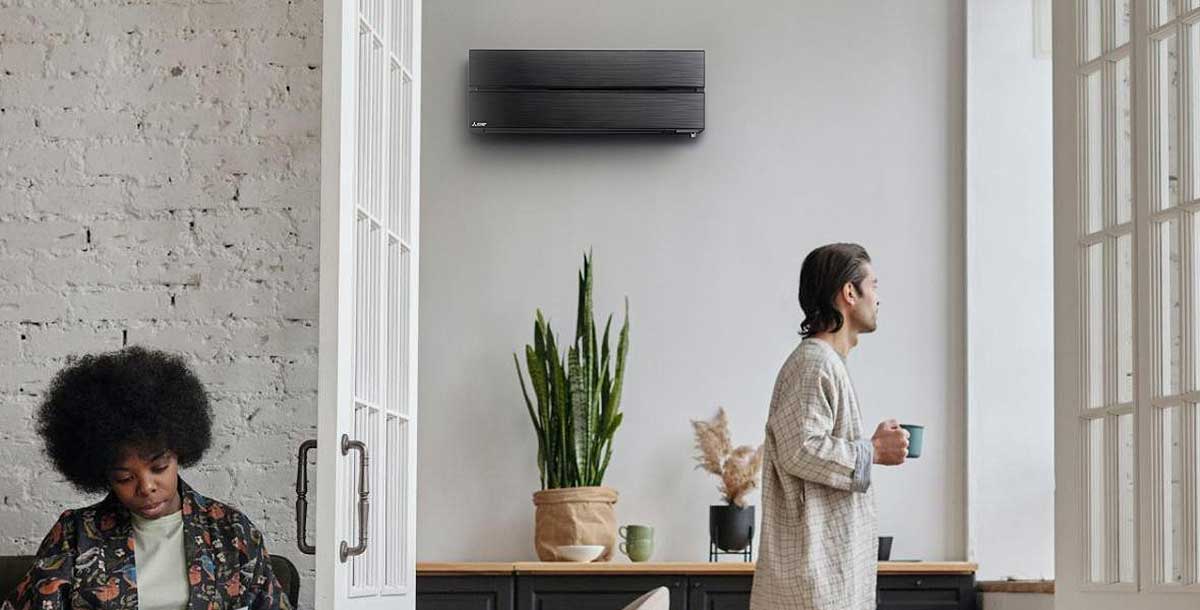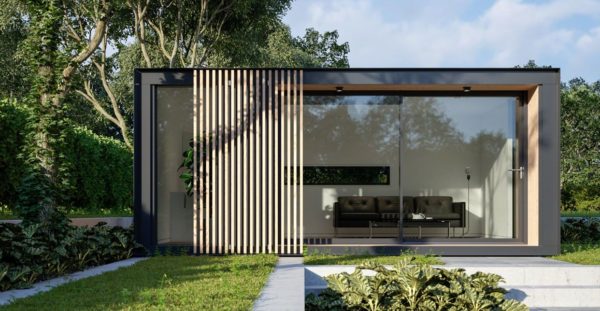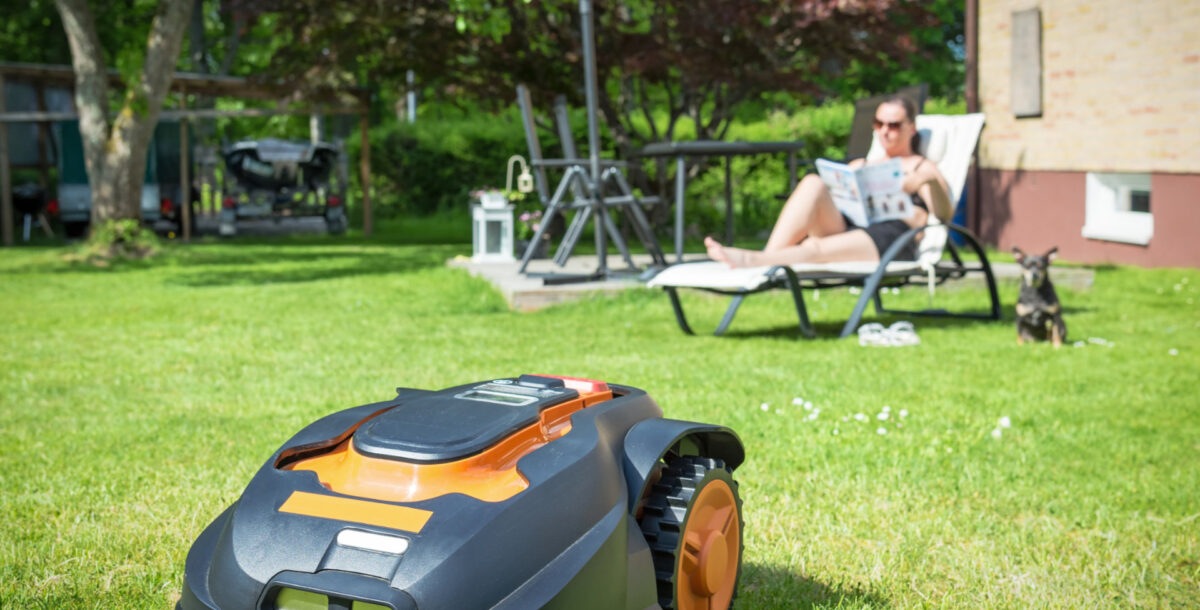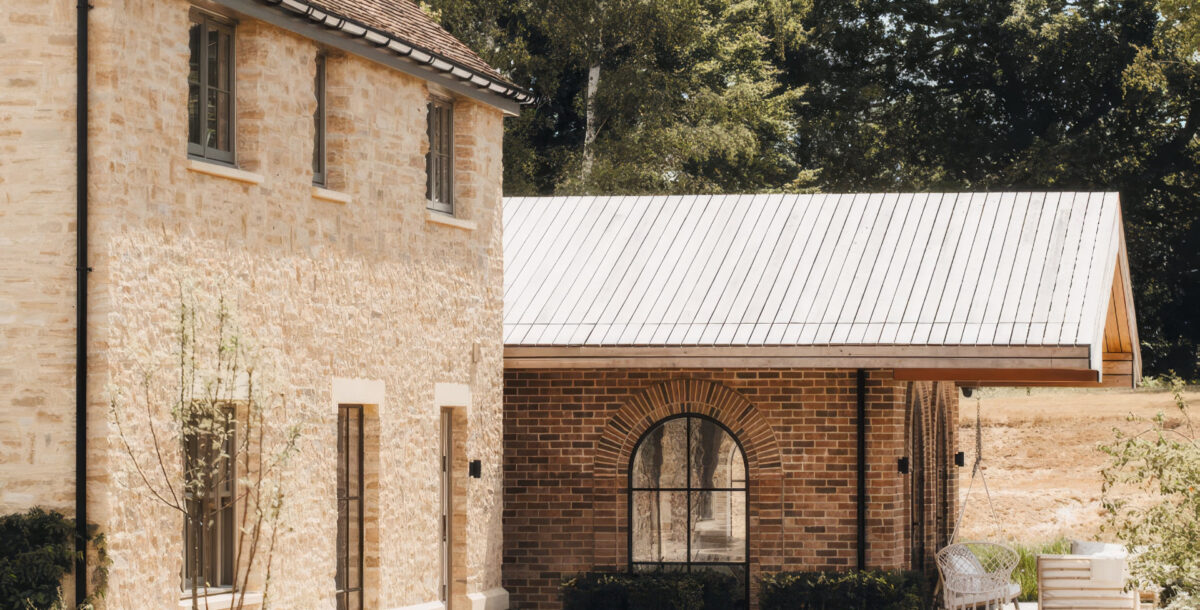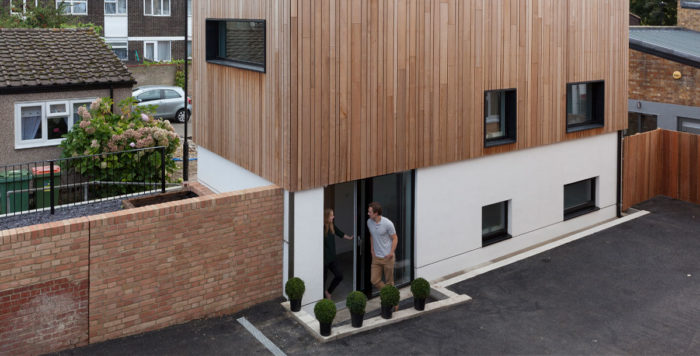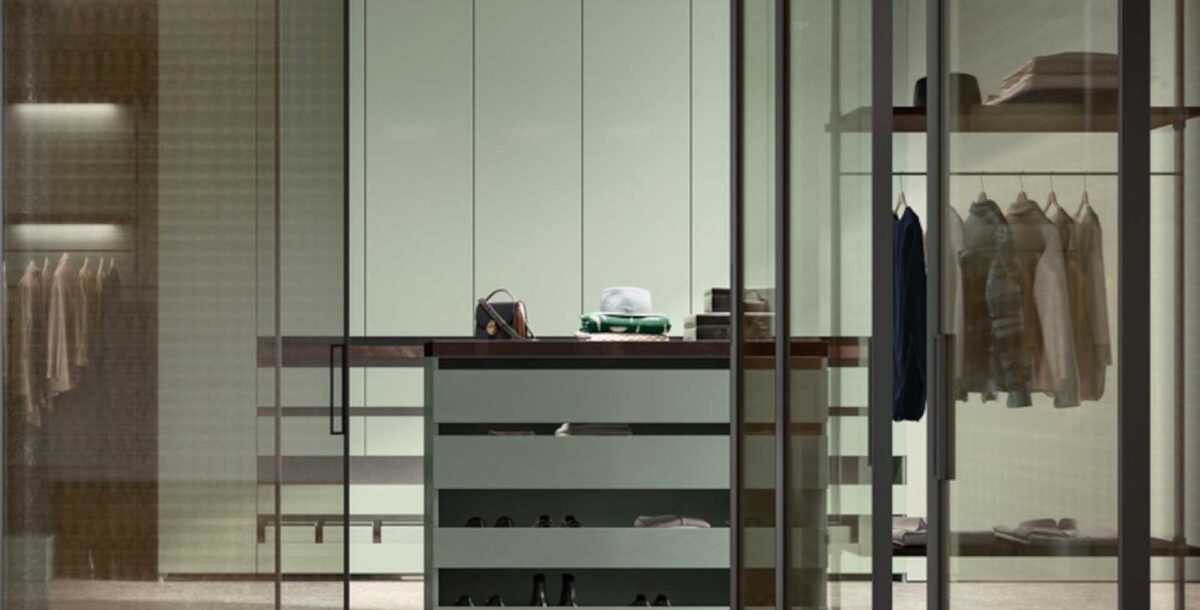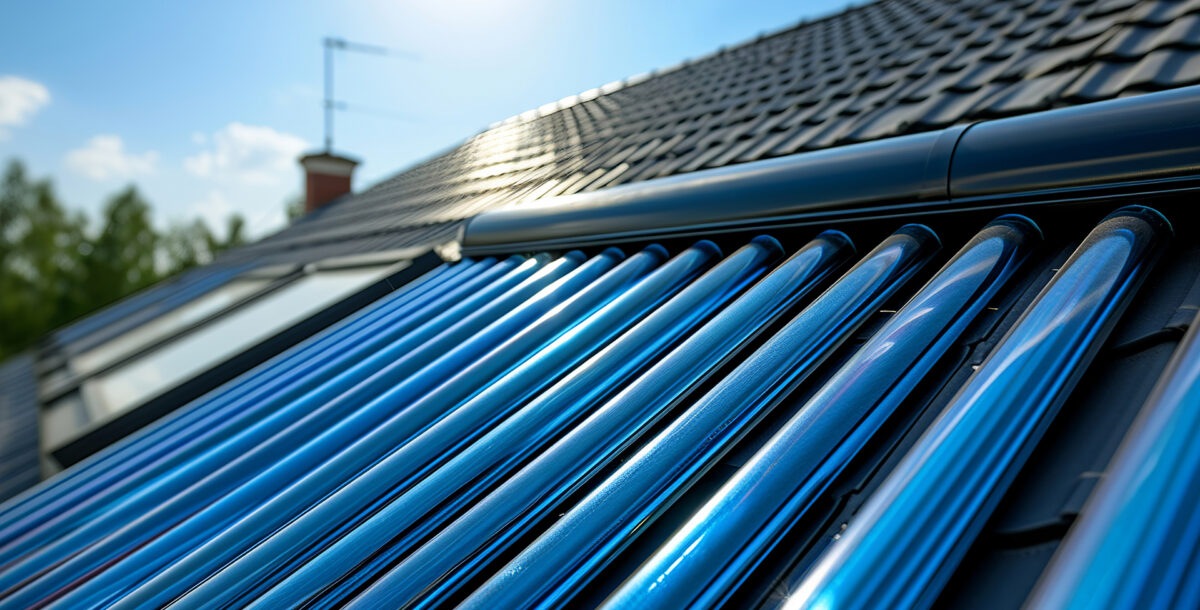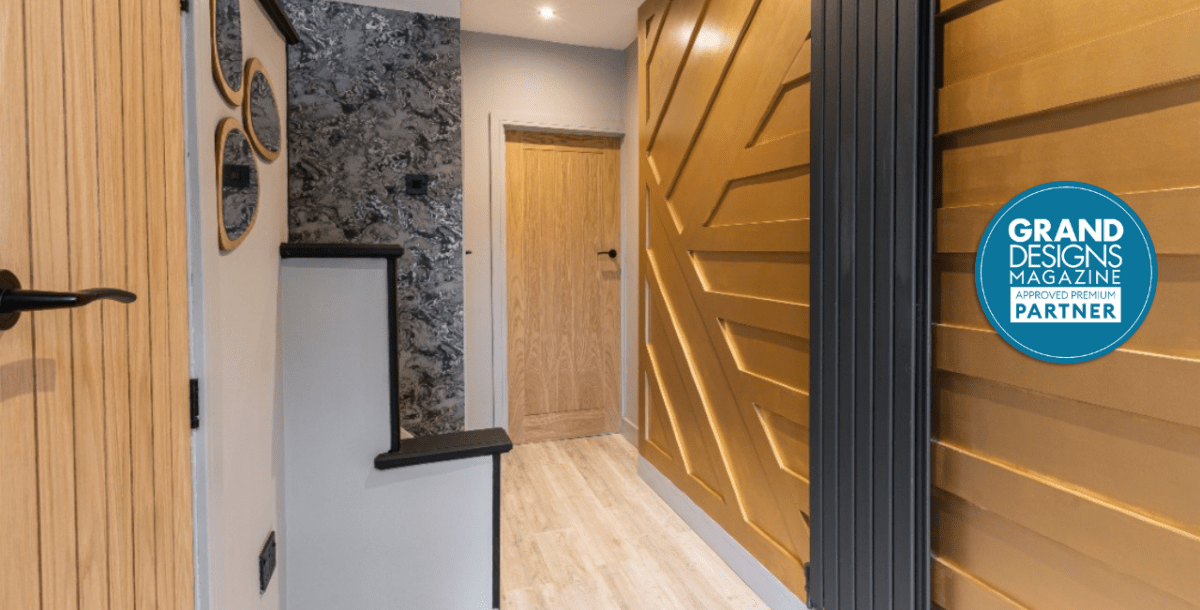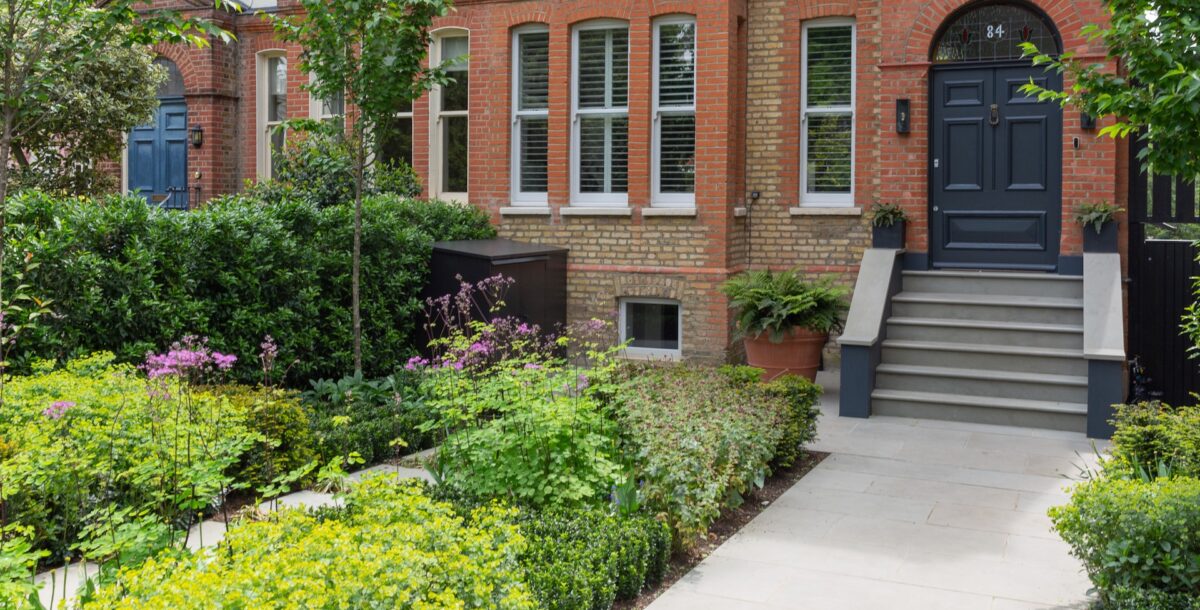Heating, Home Improvements, Smart Home
What type of air conditioning is best for a house? Portable vs fixed
You can’t always design overheating out of a home. If you need air conditioning, what are the options?
In an ideal world, homes in the UK wouldn’t need air conditioning. As the Passivhaus standard shows us, smart design and features like canopies or shutters can all but eliminate solar heating, while a good MVHR system will help keep indoors air fresh. Unfortunately, it doesn’t always work out that way. In the summer, leaky houses let warm air in, where insulation can trap it, leading to a big build up of heat.
If you’re befuddled in a home office, struggling to sleep or simply tired of an overheating home, you might need to consider air conditioning. But what are the options, how do you control it, and what’s the right solution for your particular home? We take a cool look.
Do I need air conditioning?
Air conditioning is expensive, and it can be costly to run, so before you look at the options, it’s worth taking other practical steps to manage heat in the home. In summer, buildings primarily overheat through infrared light from the sun, which shines through windows, heating up surfaces and, ultimately, the air indoors.
Unshaded windows let in a huge amount of heat. According to the US Department of Energy, around three-quarters of the sunlight falling on a window ultimately goes into warming the building. And even when fitted with low-emissivity triple-glazing, a south-facing, unshaded, two-metre square window in London could allow 600-1,000 kilowatt hours of heat to come in each year – equivalent to running an electric heater non-stop for 10-20 days.
Warm air is the second major reason why buildings overheat. Just as a leaky building fabric allows heated air to escape during winter, it lets warm air blow in during summer, even when all the windows are closed. Once the building overheats, its occupants tend to open windows, which can make things even more uncomfortable.
It makes sense, then, to tackle both of these problems. Drawing blinds and curtains can help reduce the effect of heating from the sun, but only to a point, as the sunlight is still coming through the window. Awnings, shutters and other external shades are much more effective, as they block light before it has a chance to enter the home.
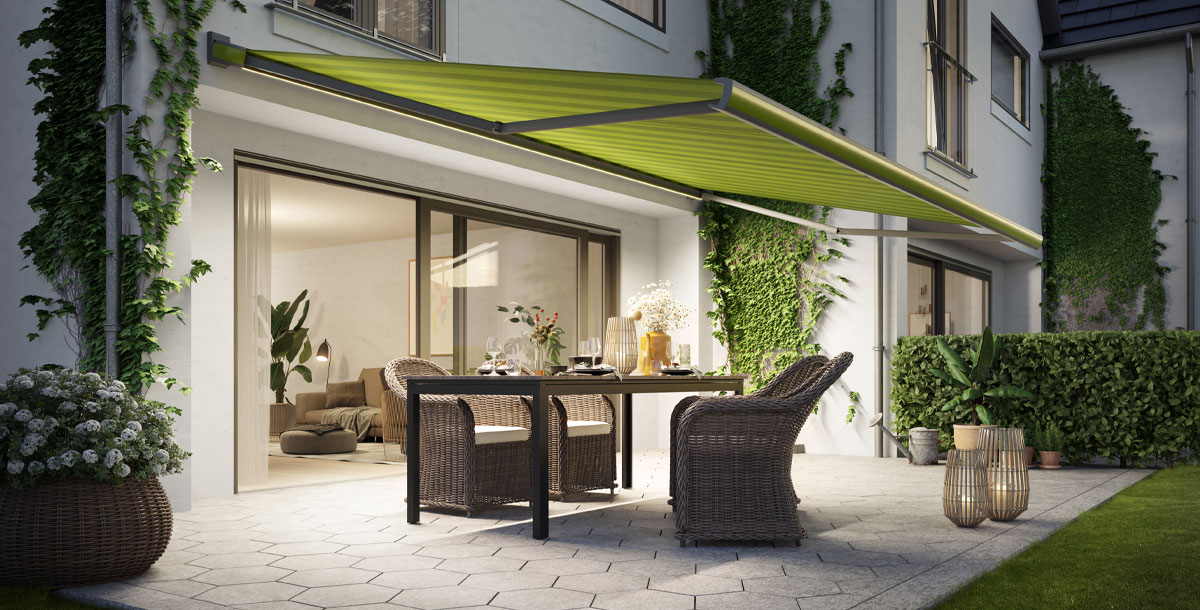
It’s generally ideal to manage ventilation in buildings by minimising the amount of air leaking in and out in an uncontrolled manner. Doing this means keeping door and window seals in good condition, and blocking or repairing any gaps around masonry, vents, frames and other joins in the building’s fabric – you can hire air tightness consultants who specialise in detecting and improving leaks.
Once done, installing mechanical ventilation with heat recovery (MVHR) will ensure that incoming fresh air is cooled by outgoing stale air during the summer, and vice-versa in winter, helping to keep the building’s internal temperature stable. This is far better than simply opening a window, but if you must do that, do it only in the early morning before the sun has begun heating the outdoor environment.
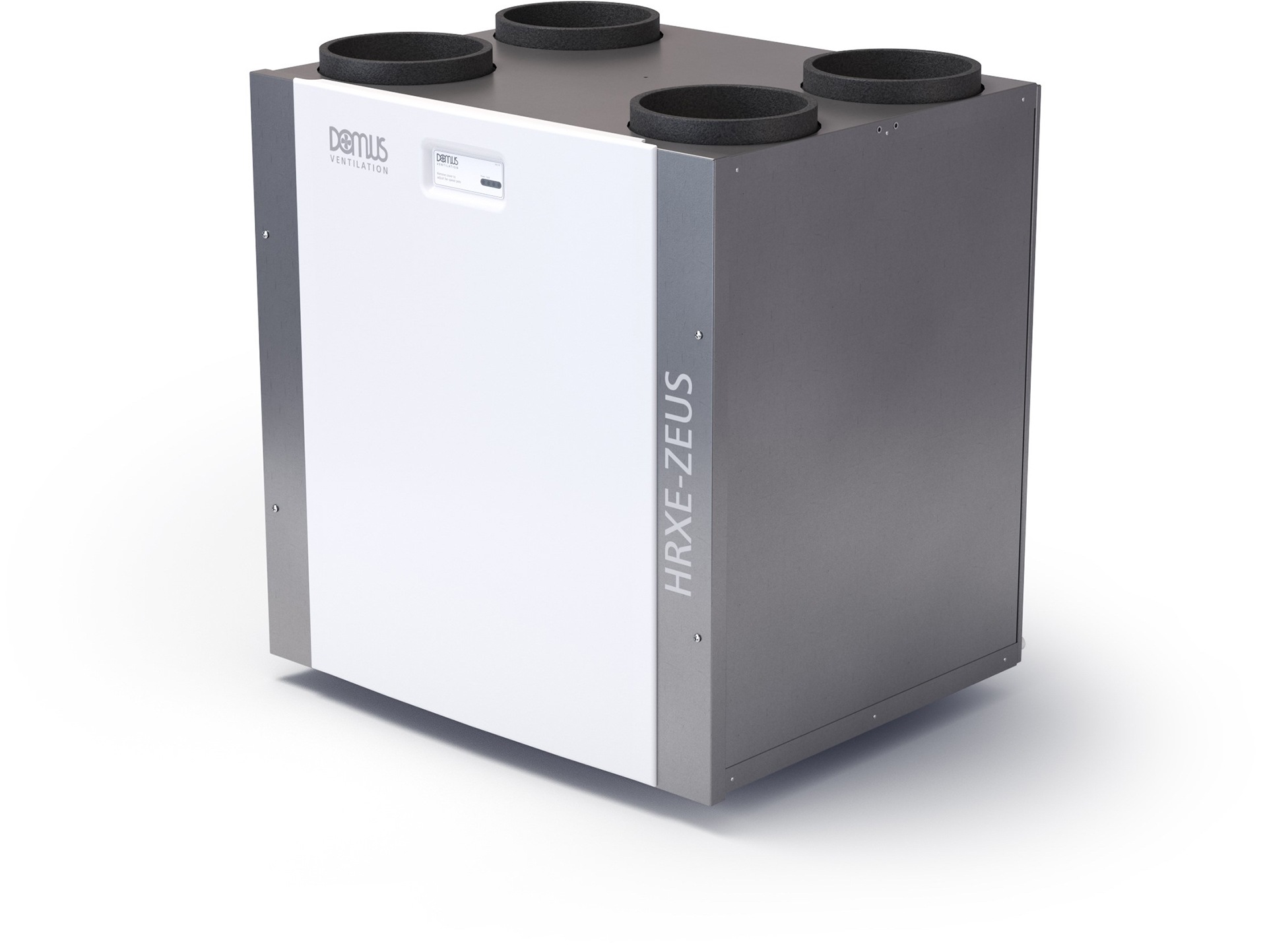
What are the main air-conditioning options?
If you’ve worked on the causes but your home still overheats, you might have no choice but to install air conditioning. There are two main options: portable, temporary units ideal for cooling a single room or living space, and permanently installed systems suitable for cooling an entire floor or building.
All air conditioners work much like a fridge. Inside, a compressor pumps refrigerant around a set of pipes, causing one side of the system to get hot, and the other to cool down. On each side, separate fans blow air over heat exchangers, producing a stream of cool air and a stream of warm air. The cool air is directed where you want it, while the hot air is vented into the environment.
Portable air-conditioners are usually self-contained systems, about the size of a large wheeled suitcase. They pull in room air, cooling some of it and discharging this in a stream through directional louvres. At the back, a flexible duct carries the remaining warm air to the nearest window.
Permanent air conditioners usually have two major components: a condenser unit installed outdoors, and an evaporator indoors. The condenser cools and condenses a refrigerant into a cool liquid, which is sent through pipes to the indoor unit. Here, the liquid is allowed to expand into a gas, absorbing heat from the indoor air being blown through the evaporator.
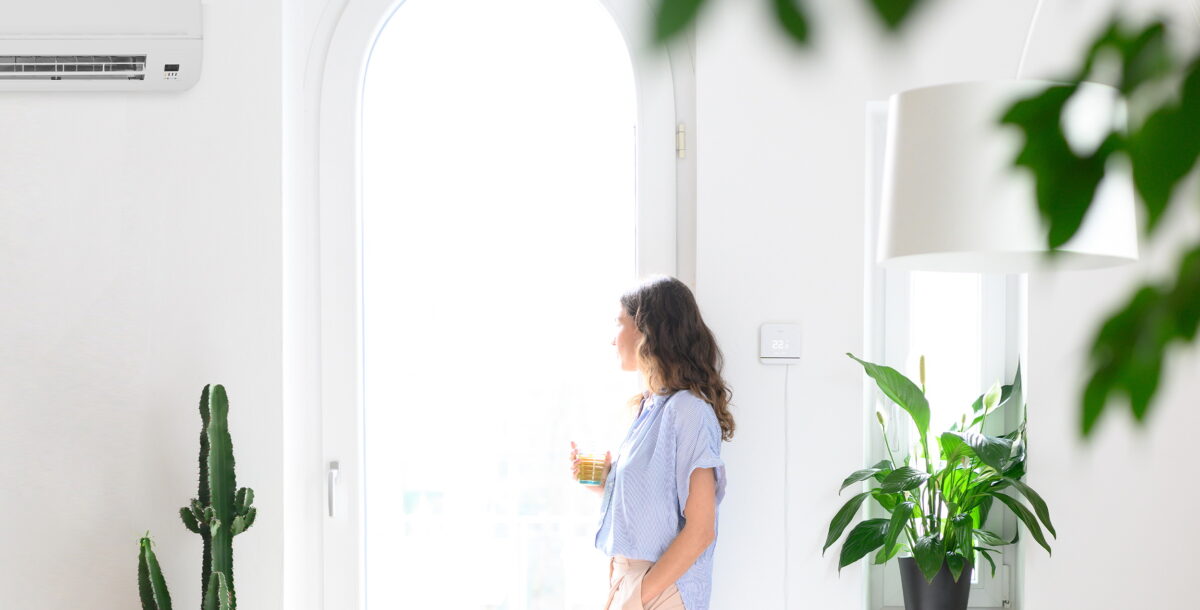
In these domestic ‘split’ air conditioning systems, a single condenser outdoors supplies one or more indoor units indoors, which cool down the room air and blow it around a room. However, in commercial buildings ducted systems are more common. Here there’s a central evaporator unit, producing cool air that’s blown through ducts to where it’s needed.
It’s worth mentioning that air conditioners don’t just remove heat. As warm, humid air passes over their cool pipes, water vapour condenses into droplets. This is a benefit, as air generally feels fresher and cooler when it’s dry, but the water needs to go somewhere.
In a portable system it’s often left to collect into a tank, or you’ll need to drain it through a hose. However, in self-evaporative systems it’s used to improve performance, creating water vapour that’s vented out through the duct – you’ll only need to empty a tank in very humid conditions. In a permanent system, condensate is usually piped outdoors alongside the refrigerant.
What BTU rating air conditioner do I need?
The cooling power of an air conditioner is usually specified in BTUs (British Thermal Units), and its power consumption given in watts or kilowatts. The most powerful units have a high BTU rating.
It’s hard to specify the BTU rating you’ll need to cool a particular room or building, because it depends heavily on factors like aspect, insulation and ceiling height. This is something that an air conditioning installer can work out for you, but as a very rough guide, it’s likely to be about 200-300BTU per square metre of space. In the example above, that would make the entry-level air conditioner suitable for rooms up to 35 square metres – the size of a medium-large bedroom.
The relationship between the input power and the output power in BTU is not linear and depends on the air conditioner’s efficiency. Because air conditioning units work by moving heat out of your home (like a heat pump in reverse), the cooling power is greater than the input power. Air conditioning units have something called an Energy Efficiency Ratio (EER), which is the ratio of the input power to the output power.
This figure varies based on how the calculation is made. With some systems, the EER is calculated by dividing the BTU rating (output) by the power consumption in Watts (input). For example, a 7,000BTU air conditioner might use about 800W, giving an EER of 8.75.
With portable units that have an energy label, the EER is calculated by dividing the cooling capacity in kW (output) by the power consumption in kW (input). For example, a portable air conditioning unit that has 2.6kW cooling capacity and uses 1kW of input power has an EER of 2.6. To make things easier, air conditioning units should also have an efficiency rating, ranging between A+++ (the best) and D (the worst). If you can’t find an energy label, but you can find the cooling capacity (in BTU or kW) and input power, you can work out the EER yourself to compare different units.
When are portable air conditioners a good choice?
Portable air conditioners can be ideal when you need only temporary cooling, or where you might want to move an air conditioner from room to room. They don’t require any major installation, so you can usually plug one in, feed its exhaust duct through a window and quickly get a stream of chilled air. They’re cheaper than permanent systems, and have the advantage that you can take them with you when you move – in rented accommodation they may be your only choice.
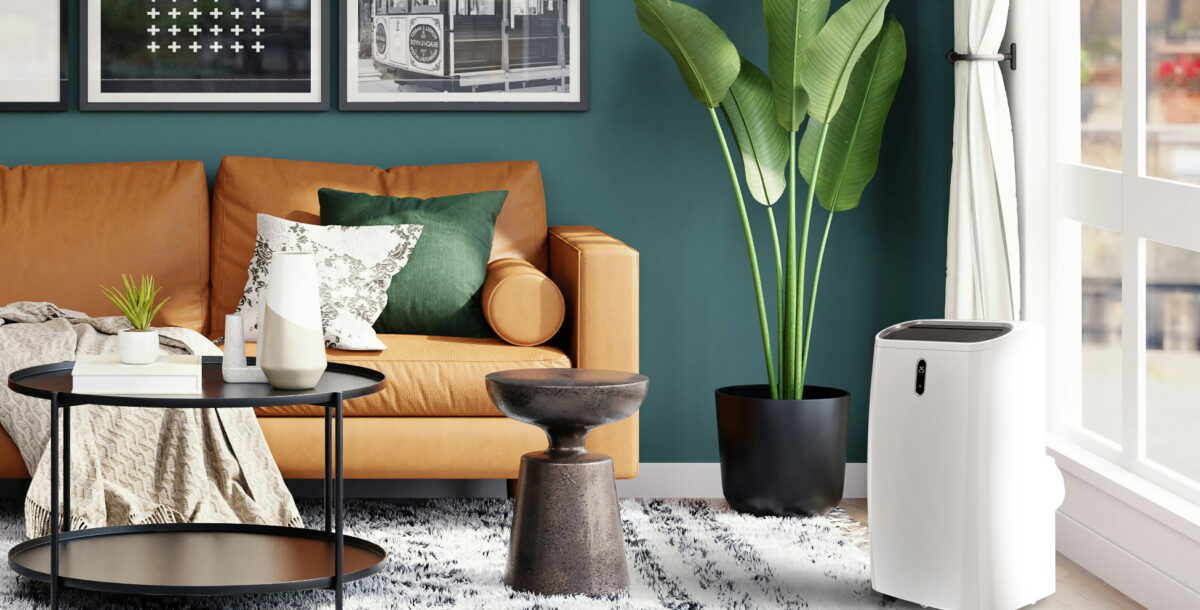
A temporary air-conditioner might not always be ideal, though. Portable models are often quite big, heavy and ugly, which is a shame given you’re only likely to need them for a few weeks in high summer. They’re also quite noisy, which isn’t ideal if you’re struggling to sleep already, and their vibrations can travel through the floor to disturb family members or neighbours. Only a few portable air conditioners have a heating mode, where they work in reverse to produce heat at other times of the year.
One of the biggest potential pitfalls with a portable air conditioner comes with its exhaust hose. This has to lead outside to get rid of hot air, but this usually means opening a window or door. That provides a chance for warm environmental air to get in, which could undo the air conditioner’s hard work.
It’s important to fix this, for example with window fitting kits, which seal the gap around the hose and window. Alternatively, you can install a wall vent and semi-permanently attach the duct, but this means drilling a large hole, and you’ll need to block the vent if you’re disconnecting the air conditioner for the winter.
When are permanent air conditioners a good choice?
If you own your home, and particularly if you need better performance, it may be worth having a permanent air conditioning system installed. Permanent systems offer several advantages over portable units, not least of which is that they have a bigger cooling capacity, so they can be effective in a larger area.
Another major benefit is that most of the noise of an air conditioner is confined to the condenser unit, which is installed outside in a permanent system. Inside, the evaporator usually makes no more noise than a house fan. There’s also no need to open a window or drill a big hole through an external wall – an air conditioners’ refrigerant and condensate pipes are much thinner and can travel further.
One of the biggest benefits of a permanent air conditioning system is that they can typically work in reverse, pumping heat from the environment into the home during cool weather. In fact, they are essentially ‘air to air’ heat pumps, which take heat from warm indoor or outdoor air and pump it in the other direction, depending what’s needed. This makes them more versatile, and can also give you a bigger return on your investment. It could also help lower your heating bills and emissions, especially if you can run them on renewable electricity from wind or solar panels.
Permanent air conditioning does have a couple of disadvantages. It’s more expensive than a portable device, and the condenser unit is unlikely to look great outside. But as with air-source heat pumps, you can hide or disguise it with screens or the artful placement of a border.
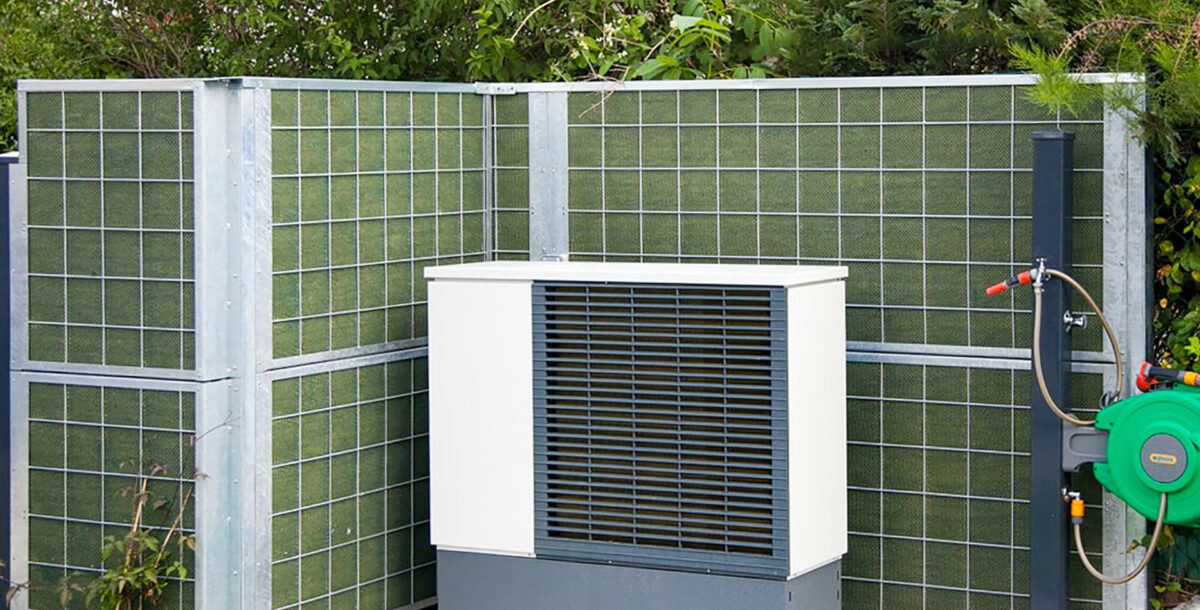
How do I get the most from air conditioning?
Whatever air conditioning you have, you’ll get the most out of it when it doesn’t have to work at its hardest. Again, it’s really important to try and prevent the building heating via sunlight or warm air. Shade and close the windows and you’ll get more effective cooling, and lower your running costs.
It’s also vital, if you have separate heating and air conditioning systems, never to run them both at the same time. You’ll struggle to get the right room temperature, and more importantly they’ll cause each other to work harder and run you up huge energy bills.
Whether you have permanent or portable air conditioning, make the most of its standard features. If there’s a timer, set the conditioner to start half an hour or so before you’ll be using the space, and turn off perhaps as much as an hour before you’ll leave. Try to set a sensible target temperature, too. It’s tempting to go for a low figure like 18°C, but in summer, a room temperature of around 23-25°C will feel comfortable, and save a lot of energy.
Some modern air conditioning systems come with smart features, which help you save more energy without sacrificing comfort. For example, if you have geofencing, your air conditioner will turn itself off if you go out, and back on again when you return, without you having to remember either. You can control a smart system while you’re out, for example setting the room temperature you want a short while before you’re due to get home.

Some systems also offer open window detection, automatically pausing if they detect a sudden change in room temperature, likely caused by an open door or window.
You may be able to add these features to systems without them, using a product like Tado’s Smart AC Controller. This can talk to most air conditioners that have an infrared remote control with an integrated LCD screen, adding smart capabilities such as geofencing – and easier scheduling control. Google’s Nest thermostats can control most centralised heating and cooling systems, too.
Whatever controls you use, it’s a good idea not to point air conditioning directly at places where you’ll spend a lot of time. If you’re sitting in the airflow, you’ll alternate between feeling too hot and too cold as the air conditioner cycles on and off. Sit out of the airflow and the space’s temperature will feel more consistent – and you’ll be less tempted to keep adjusting it, which can cause the system to work harder and use more energy.

